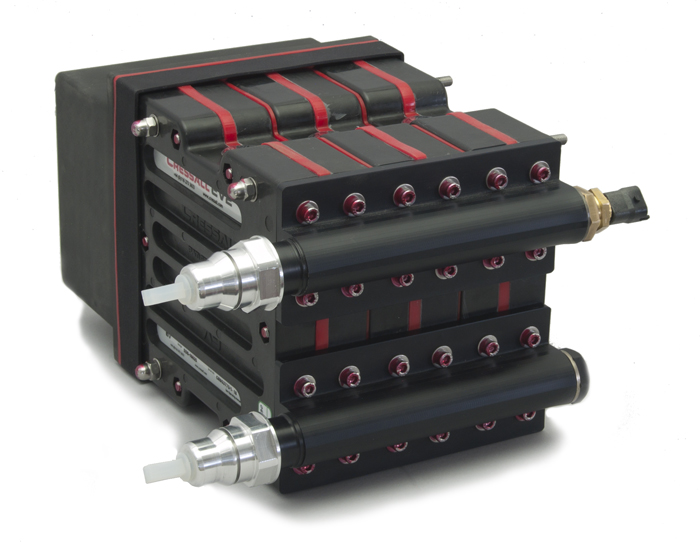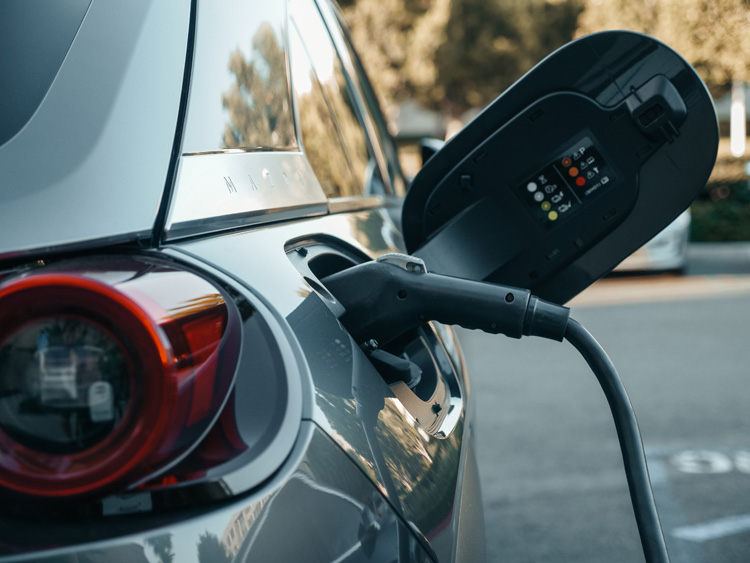IS THE END OF RAIL FRANCHISING ENOUGH?

In September 2020, after 24 years, the UK Government announced the end of rail franchising. The goal is to move to a simpler and more effective operating model that improves the transport experience for passengers. In parallel with the transition to the new rail system, what more can be done to reform our railways? David Atkins, projects director of Cressall, looks at the system change and some of the technologies that are improving rail transport.
It’s no question that the UK’s railway system has caused and will continue to cause heated debate in recent years. Poor reliability and rising ticket prices have been large problems for travellers. In fact, independent consumer body Which? found that passengers lost almost four million hours to significantly delayed trains in 2018 — equivalent to 448 years.
Many regard rail franchising as a factor in the widespread dissatisfaction with rail transport. The implementation of rail franchising in the 1990s involved awarding contracts to private train companies for a limited time through a bidding and competition process. The aim was to benefit the industry for passengers through strong competition between operators, and to increase passenger numbers.
FRANCHISE FAULTS
However, franchising hasn’t lived up to its high hopes, causing a complicated system for all. With different train operators dominating different routes, passengers face a complex ticket system that can see high price jumps when their route uses two or more operators. This disconnected ticket system can also cause a lack of coordination on the tracks.
Train operators are performing to profit margins, so if a route yields a low profit, its service will be reduced. This may help the operator’s finances, but does not aid the commuter who relies on that route for work.
The franchise system doesn’t only negatively affect passengers. Operators can overbid for services and be left unable to keep up payments due to overestimated passenger predictions. While a train operator can attempt to draw in more custom, there are many external factors that affect passenger numbers that are beyond their control, such as the general state of the economy.
The Government’s announcement to end rail franchising is the first step towards creating a simpler and more coordinated rail system. Operators are being moved onto transitional contracts called Emergency Recovery Measures Agreements (ERMAs), which will help address the continuing impact of COVID-19 while beginning the replacement of the current franchising system.
The new change is expected to create a more effective rail structure that is built around passengers. The agreements focus on high performance targets and simpler journeys, requiring rail operators to coordinate better with each other.
A SUPPORTING ROLE
A change in the rail management structure is a large step towards improving the UK’s railways, which can be further enhanced by technology. For example, introducing more trains onto routes that travel faster and arrive on time will require fine speed control using advanced braking techniques.
As trains become faster, braking powers will increase. Traditional disc brakes can become unsuitable because of their high wear rates and resulting maintenance costs. Instead, both regenerative and dynamic braking should be favoured, which uses the electric traction motor as a generator to produce the braking torque, converting excess kinetic energy into electrical energy.
The generated electrical energy can be fed back into the line as part of regenerative braking systems to power other trains on the line, a process that’s already used extensively on underground lines. However, when there are no other trains on the line, or the distance between trains is too great, the excess energy can be safely dissipated as heat by a resistor.
Cressall has supplied resistors to the transport sector for over 60 years, and remains at the forefront of technology. Our EV2 advanced water cooled resistor can withstand severe conditions in traction, and is proven to meet all major shock and vibration standards for traction use.
Franchising’s end has been regarded as the biggest change to the railways in 25 years. The move to a simpler system brings hope that trains will become more reliable and fares made simpler. However, reforming the railways will require policy and technology to go hand in hand in order to create a more effective rail transport system for all.




